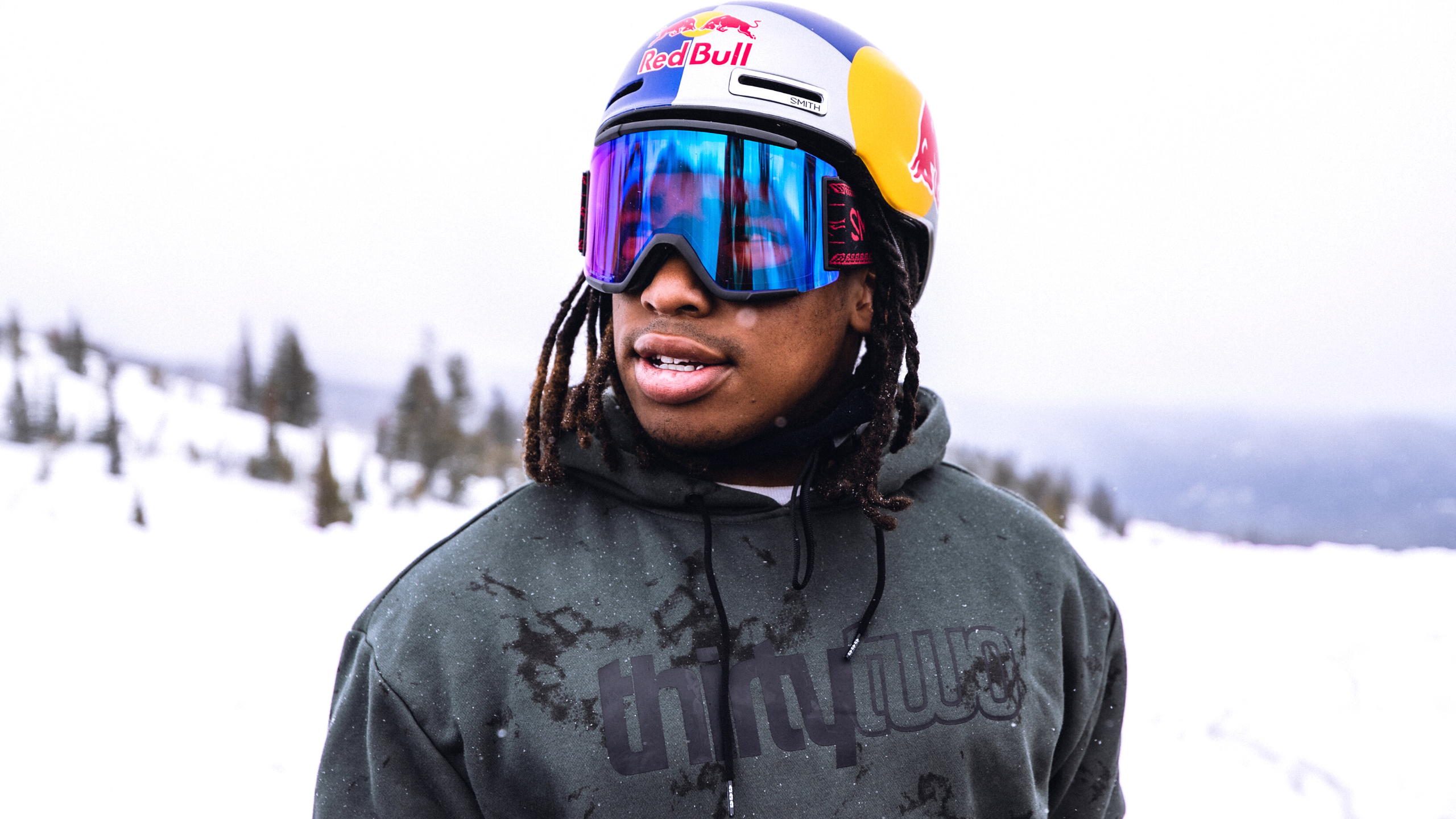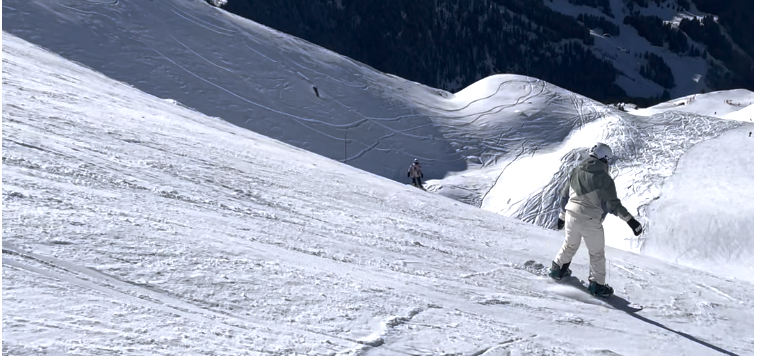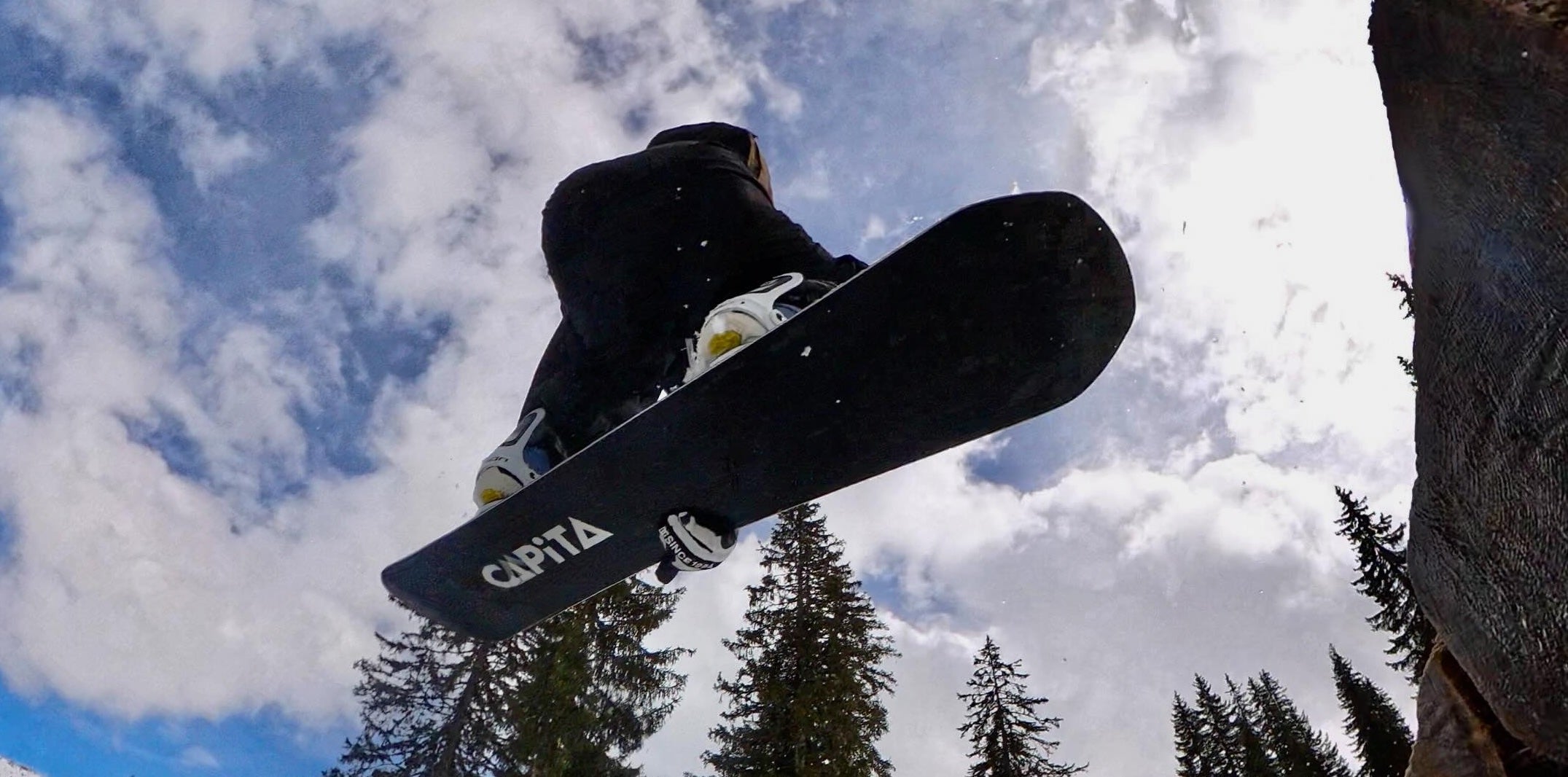(Because science, stitching, and seasonal suffering aren’t cheap.)
You look at a jacket and trousers and think, “How is this more than my first car?” Welcome to outerwear economics, where fabric nerds, tiny needles, and the weather’s personal vendetta against you all meet in a very pricey hug. Let’s break it down layer by layer - and roast a few marketing buzzwords while we’re at it.
The Big Picture (why the price tag hurts)
-
Weatherproof wizardry: Real waterproofing and breathability require membranes, laminates, seam tape, and chemical finishes that don’t come from the bargain bin.
-
Small market, short season: Snowboard apparel sells for a few months a year, in relatively small batches. Fewer units = higher cost per unit.
-
Complex construction: Curved panels, gussets, articulated knees/elbows, pit vents, powder skirts, gaiters, reinforced hems—the sewing time alone could qualify for a craft degree.
-
Sustainability taxes: Recycled fabrics, PFC-free DWR, bluesign®/OEKO-TEX® materials, Fair Trade sewing - good for the planet, not cheap for the brand.
-
R&D + warranty: Brands pay to test, torture, and then repair your gear when you inevitably try to hug a rock.
-
Marketing/athletes/returns/logistics: Photoshoots on glaciers, paying riders to jump off things, shipping bulky kit halfway around the planet, and handling everyone’s “ordered the wrong size” saga.
Now, to the layers.
1) Base Layers (a.k.a. The Anti-Swamp Foundation)
Job: Move sweat off your skin, keep you comfy, pretend your body is a climate-controlled temple.
What’s inside the price:
-
Fabrics:
-
Merino wool (usually 17.5–19.5 micron fibres): naturally anti-odour, thermoregulating, glorious. Also: sheep don’t knit themselves, and fine merino isn’t cheap.
-
Synthetics (poly/poly blends): fast-drying, durable, cheaper; often treated with anti-odour finishes (those treatments cost, too).
-
Blends (merino + synthetic): chasing the best of both worlds, priced accordingly.
-
-
Construction: Flatlock seams that don’t chafe, body-mapped knit zones, stretch that rebounds instead of bagging out by lunchtime.
-
GSM & feel: Heavier weights (200–260 gsm) cost more than featherweight summer tops.
What actually matters:
-
No cotton. Ever. Cotton = cold, wet sadness.
-
Fit close, not sausage-casing tight.
-
If you ride multiple days in a row, merino’s anti-stink is worth its weight in gold (or at least in not-being-banned-from-the-cabin).
Where to save/splurge:
-
Save with synthetic tops if you’re budget-watching. Splurge on merino bottoms if chairlifts make you a popsicle.
2) Mid Layers (warmth without the boil-in-the-bag)
Job: Trap heat while letting sweat escape, so you’re warm - not wet.
Why they’re pricey:
-
Insulations:
-
Synthetic sheets (e.g., “60–100 gsm” active insulation) designed to stay warm when damp and breathe during effort. Lab-engineered loft and drape aren’t free.
-
Down (fill-power ratings): incredible warmth-to-weight, but hates moisture and ethical sourcing adds cost.
-
Tech fleeces (grid, high-loft, air-permeable): fancy knits that move moisture and don’t pill in a week.
-
-
Patterning & stretch: Panels that move with you, not against you.
-
Zips & features: YKK® zippers, hem adjustments, chest pockets that don’t clash with your bib straps.
What actually matters:
-
For riding, synthetic or tech fleece beats down 9 days out of 10 (handles sweat and snow better).
-
“Active insulation” pieces are killer under shells and don’t cook you on hikes.
-
Fit it so it layers cleanly - no bunching, no Michelins.
Where to save/splurge:
-
Save with a good grid fleece. Splurge on an active-insulation jacket if you hike, lap parks, or run hot-cold-hot all day.
3) Outer Layers (the expensive weather-proof armour)
Job: Keep weather out and your sanity in. This is where wallets cry.
Why jackets/pants cost a bomb:
-
Membranes & laminates:
-
2-Layer (2L): Face fabric + membrane + loose liner = comfy, solid value.
-
3-Layer (3L): Face + membrane + backer bonded together = lighter, tougher, dries fast, costs more.
-
-
Waterproof ratings: Those “10k/20k/30k” numbers aren’t just marketing—they reflect hydrostatic head testing (how much water pressure a fabric resists). Higher = pricier.
-
Breathability: Measured as MVTR or RET. Real breathability costs; fake breathability is just you steaming inside a plastic bag.
-
Seam taping: “Fully taped” takes ages and miles of tape; “critically taped” (only key seams) is cheaper and… leakier in storms.
-
DWR finishes: PFC-free DWRs are better for the planet and harder to make last—cue higher fabric development costs.
-
Hardware & build: YKK® AquaGuard zips, laminated brims, helmet-compatible hoods, powder skirts, cuff gaiters, reinforced kick patches, articulation. Every feature = more pattern pieces = more sewing time.
Shell vs insulated:
-
Shell: Versatile, lighter, works with different mid layers. Costs more in 3L but lasts longer.
-
Insulated: Easier one-and-done warmth for resort riders; more stitching, sometimes cheaper 2L fabrics to offset insulation cost.
Pants/bibs specifics:
-
Hem reinforcements for edge abuse, bib uppers (extra fabric), stretch panels for mobility. None of this is a £20 jogger.
What actually matters:
-
If you ride soggy UK days or hunt storms: 20k+ waterproofing, fully taped, good hood and vents.
-
If you’re mostly fair-weather or indoor domes: 10k/10k can be perfectly fine, spend the savings on better mid/base layers.
-
Venting is life. Pit zips and thigh vents beat any marketing paragraph.
Where to save/splurge:
-
Save with a solid 2L kit for groomer laps and domes.
-
Splurge on 3L shells if you ride a lot, chase weather, or hate soggy elbows.
Translation Guide to Buzzwords (so you don’t pay the “confused tax”)
-
“20k/20k” – Good storm protection + decent breathability.
-
“Critically taped” – Cheaper; fine for light snow, not biblical weather.
-
“Articulated knees/elbows” – Panels shaped for riding stance = less pulling and tearing.
-
“RECCO” – Reflector to help pro rescuers locate you; not a replacement for avy gear or common sense.
-
“PFC-free DWR” – Better environmentally; needs more frequent re-proofing.
-
“Mechanical stretch” – Fabric is woven to stretch (not just spandex); nicer durability.
The Money Mechanics (a blunt mini-audit)
-
Materials: Premium membranes and recycled face fabrics add £££ before anyone even threads a needle.
-
Labour: More panels + taping + reinforcement = hours. Factories charge for hours (wild!).
-
MOQ + Seasonality: Brands produce conservative quantities to avoid dead stock, higher unit cost.
-
Shipping & duties: Bulky gear, long distances, fun with customs.
-
Retail margins: Shops need lights, staff, and biscuits. Margins keep the doors open.
-
Warranty & repairs: That “we’ll fix it” promise is built into the price.
How to Spend Smart (and still look like you know things)
-
Prioritise function: Good shell + good mid + decent base beats one “luxury” piece and two sad ones.
-
Match the kit to your climate:
-
UK indoor domes: Breathability > waterproofing; light 2L shell is fine.
-
UK hills/Scotland rain: 20k+, fully taped, big hood, real vents.
-
Alps one-week trips: 10–15k is fine for fair weather; 20k if you’re storm-chasing.
-
-
Buy last season: Same tech, new colour names. Your bank account will send flowers.
-
Care = lifespan: Wash with technical detergent, re-proof the DWR, hang dry, patch small tears early. Treated right, good shells last years.
-
Fit over flex: If it binds or flaps like a sail, you won’t wear it. Try on with layers. Squat. Reach. Mimic a grab. Look only mildly ridiculous.
TL;DR (Too Long; Didn’t Ride)
Snowboard clothing is expensive because it’s tiny, mobile architecture built to fight water, wind, and your own perspiration while moving with you and surviving metal edges, chairlifts, and the occasional heroic tumble. Pay for real function where it counts (outer shell and a smart mid), don’t get hypnotised by adjectives, and remember: being warm, dry, and comfy is the coolest flex of all.







